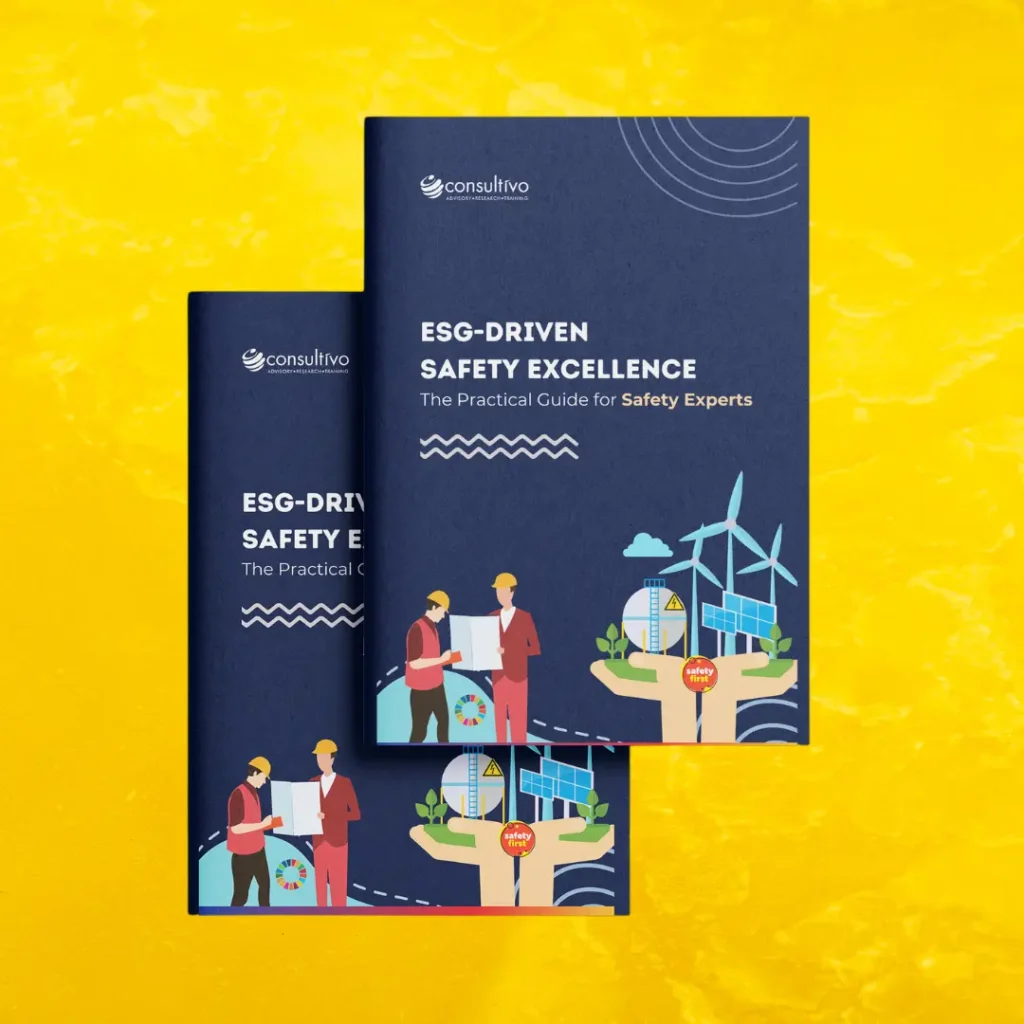
In this Behaviour Based Safety PPT, we have covered an overview of BBS that can be used for improving individual understanding to conducting internal training programs to build a safety culture.
The History:
The early roots of BBS can be found during 1930s in the work of behaviourist B.F. Skinner, who conducted research on operant conditioning. Skinner’s studies on behaviour reinforcement and modification laid the foundation for the application of behaviour based principles in various fields, including safety.
During the same time, H. W. Heinrich reviewed 12,000 insurance company accident claims and 63,000 injury and illness records submitted by plant owners in order to identify the most common causes of accidents.
Heinrich concluded that 88% of these industrial accidents were the result of unsafe acts by people and, in order to minimise accidents, focus must be on changing behaviour.
In that same period, the National Safety Council (NSC), US performed a similar study with comparable results; 87% of industrial accidents were caused by unsafe acts.
As explained by behaviour psychologists, all behaviours are a function of the environment in which the behaviour occurs. Therefore, unsafe behaviour is directly related to the physical environment, the social environment, and the workers experience within these environments.
Behaviour Based Safety (BBS) is a proactive approach to workplace safety that focuses on analysing and modifying employee behaviour to prevent accidents and injuries.
Seven Key Principles of BBS:
The successful applications of BBS generally adhere to the seven key principles described below. Each principle is broad enough to include a variety of practical operations, but narrow enough to instruct the development of cost-effective interventions for managing the human dynamics of occupational risk.
- Focus Intervention On Observable Behaviour
- Look For External Factors To Understand And Improve Behaviour
- Direct With Activators And Motivate With Consequences
- Focus On Positive Consequences To Motivate Behaviour
- Apply The Scientific Method To Improve Intervention
- Use Theory To Integrate Information, Not To Limit Possibilities
- Design Interventions With Consideration Of Internal Feelings And Attitudes
Creating Safety Culture
By understanding the influence of human actions on safety performance, organisations can create a culture of safety where employees are empowered to make informed decisions.
BBS emphasises observation, feedback, and intervention to identify and address potential hazards related to unsafe acts before incidents occur.
About the Behaviour Based Safety PPT
This overview of Behaviour Based Safety PPT provides insights into the key principles and strategies of BBS, highlighting its benefits in improving safety outcomes and fostering a positive work environment.
Whether you are an employer, safety professional, or employee, exploring behaviour based safety can revolutionise your approach to workplace safety and help create a safer, more productive work environment for all.
Where should you use this Behaviour Based Safety PPT?
For Internal Awareness Training on BBS
Feel free to use this ppt within your organisation for different levels of employees. This Behaviour Based Safety PPT will serve as a primary level of understanding on BBS.
For improving your own understanding and competence
It helps identify potential hazards and vulnerabilities, allowing for proactive mitigation measures. By conducting regular self-assessments, organisations can improve overall safety standards, protect employees and assets, and enhance operational efficiency.
For using electrical safety checklist
This Behaviour Based Safety PPT serves as a comprehensive guide, ensuring easier understanding of the complex subject. Ultimately, it promotes a culture of safety.
Studies reveal that organisations implementing BBS programs experienced a 50 to 70% average reduction in recordable incidents, injuries and lost-time-injuries.
Disclaimer to use this Behaviour Based Safety PPT
Users of this Behaviour Based Safety PPT shall take their own independent business decisions at their own risk and, in particular, without undue reliance on this presentation. Nothing in this presentation shall constitute professional advice, and no representation or warranty, express or implied, is made in respect to the completeness or accuracy of the contents of this checklist.
Consultivo does not accept any liability whatsoever for any direct or indirect damages resulting from use of this presentation or its contents. The views expressed do not necessarily represent the views or policy of Consultivo.

Can I Use This Behaviour Based Safety PPT directly for my organisation?
Certainly you can use this for your organisation. However, it’s a very good practice to customise this presentation as per the very specific context of your industry
How Can I Customise This Behaviour Based Safety PPT for my organisation?
You may add some pictures, examples from your industry and translate to local languages.
About Consultivo
Consultivo is a management advisory and consulting firm helping global businesses in the areas of Sustainability, Business Excellence & Risk Management – both in strategic and operational levels.
Consultivo research and analytics wing works on industry, society and community oriented research programs on ESG, Sustainability and business risk in both qualitative and quantitative fields.
As an Independent and leading CSR Consultant in India, Consultivo offers CSR Strategy Consulting, Baseline and Need Assessment, Stakeholder Mapping and Engagement, CSR Project Monitoring and Evaluation, CSR Impact Assessment, SROI Assessment and CSR Communication Reporting.
Share this post
Related insights
Knowledge Bank
ESG Guide Book for Safety Experts – Focusing Safety Leadership
View more in Impact Stories | Blogs | Knowledge Bank | News and Events










